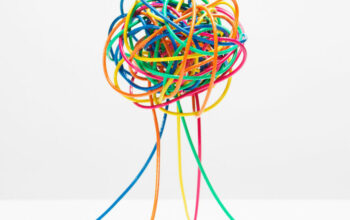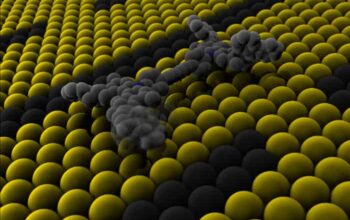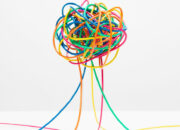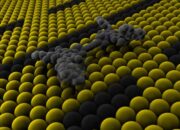Quantum computing stands at the precipice of a revolution, promising an unprecedented capacity to perform complex calculations at speeds unattainable by classical computers. The pivotal question arises: how do we effectively input data into these enigmatic machines? The answer transcends mere technological explanation; it compels us to rethink fundamentals about data, inputs, and computation itself.
In the realm of classical computing, data input relies on binary encoding—strings of zeros and ones, manipulated through electronic circuits. In contrast, quantum computers leverage the principles of quantum mechanics, utilizing quantum bits or qubits, which can exist in multiple states simultaneously due to superposition. This fundamental distinction compels a reassessment of how data is formatted and fed into quantum systems.
Firstly, the concept of superposition establishes that a qubit can represent both 0 and 1 at the same time, a state that represents a myriad of possibilities. Thus, when inputting data into a quantum computer, it is imperative to harness the qubit’s capacity to operate in this duality effectively. One approach is through the use of quantum gates that manipulate qubits in superposition, allowing the computation to process an exponentially larger amount of data compared to conventional structures.
Moreover, entanglement plays a quintessential role in data input methodologies. When qubits become entangled, the state of one qubit is directly tied to another, regardless of the distance separating them. This property enables strategic data input where the interdependencies can be orchestrated for enhanced computational efficiency. By preparing qubits in a specific entangled state, data input becomes a matter of specifying just a few qubits, with the interconnected states delineating a larger dataset.
The physical setup also warrants consideration. Quantum computers require an environment insulated from external noise that can lead to decoherence, a phenomenon undermining the qubits’ viability. Quantum systems must often function in cryogenic temperatures to maintain coherence and stability. The method of encoding data—using electromagnetic radiation or laser pulses—must be meticulously controlled to input data effectively, preserving the fragile state of qubits while simultaneously imparting information.
Another intriguing aspect of inputting data into quantum computers is the adoption of quantum algorithms tailored specifically for efficient data encoding and retrieval. Shor’s algorithm, for instance, exemplifies a method by which classical data can be effectively transformed into quantum states, allowing for enhanced computational capacity. The conversion process often employs quantum Fourier transforms or similar techniques, facilitating a seamless transition from classical inputs to quantum states.
As nuances of inputting data emerge, one cannot overlook the significance of quantum error correction. The nature of quantum computation leaves systems susceptible to errors arising from decoherence and operational misalignments. Quantum error-correcting codes must be employed to ensure that the data input remains accurate throughout the computation process. Techniques such as the surface code or concatenated codes inhabit this critical intersection, allowing quantum systems to maintain fidelity of input data despite inherent vulnerabilities.
The representation of classical information as quantum states, known as quantum state preparation, further reveals the intricacy of data input. Techniques like amplitude encoding or basis encoding allow classical data to be transmuted into quantum states selectively. Amplitude encoding, which inputs classical data in the amplitudes of a quantum state’s superposition, epitomizes the efficiencies endowed by quantum logic. Through this method, a classical vector can be represented by an exponentially smaller number of qubits, thereby optimizing space and time in data processing.
Another vital component of data input is the mannery of measurement. The act of measuring a quantum state collapses the superposition into a definite value—either 0 or 1—which entails inherent challenges regarding how to extract information post-computation. Quantum algorithms are designed not only to operate on quantum data but also to facilitate the effective measurement of outputs. Thus, the crafting of ingenious measurement protocols becomes paramount in ensuring that meaningful data is interpreted from the quantum realm.
As we delve into the prospective horizon of quantum computing, implications for input methodologies extend into realms yet unexplored. The inquiry into hybrid quantum-classical systems, where classical algorithms enhance quantum computation, sparked imaginative concepts arising from the convergence of disparate computing paradigms. No longer is quantum computing an isolated domain; it interlaces with advancements in artificial intelligence and machine learning, redefining the ways in which we conceptualize and input data.
In conclusion, inputting data into quantum computers requires not merely technical execution, but a profound shift in our understanding of information itself. The use of qubits, entanglement, error correction, and quantum algorithms intertwines intricacily, necessitating an evolved approach to data encoding. As researchers and practitioners continue to unravel the complexities of this burgeoning field, the promise of quantum computing looms ever larger—heralding a transformation that could redefine our technological landscape irrevocably. The curiosity piqued by these possibilities urges us to ponder: what paradigms will emerge as quantum computations become tangible, and how will our interactions with data evolve in concert?










